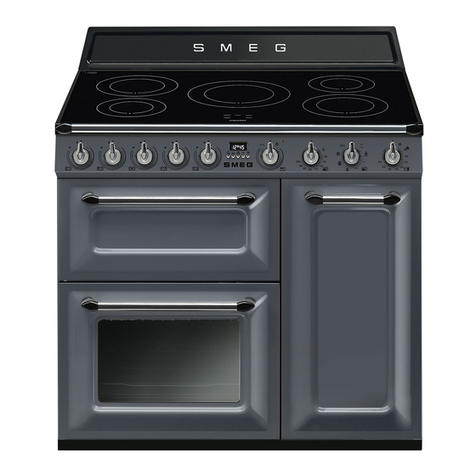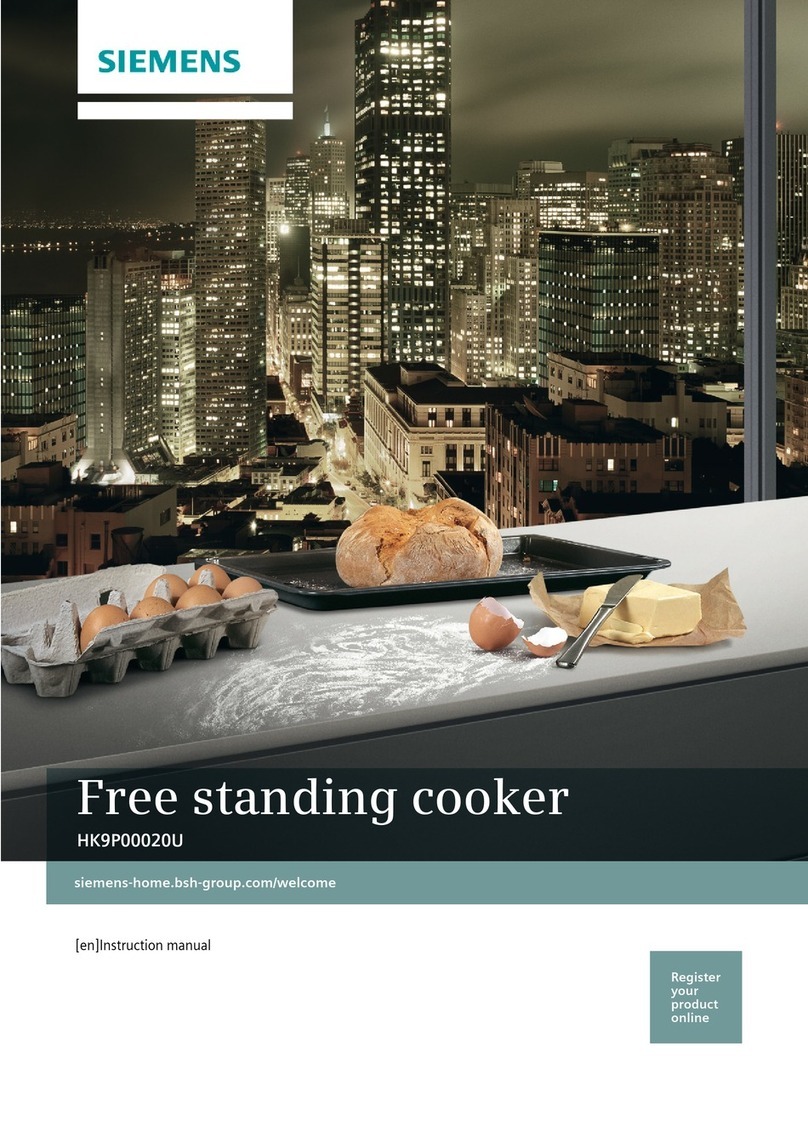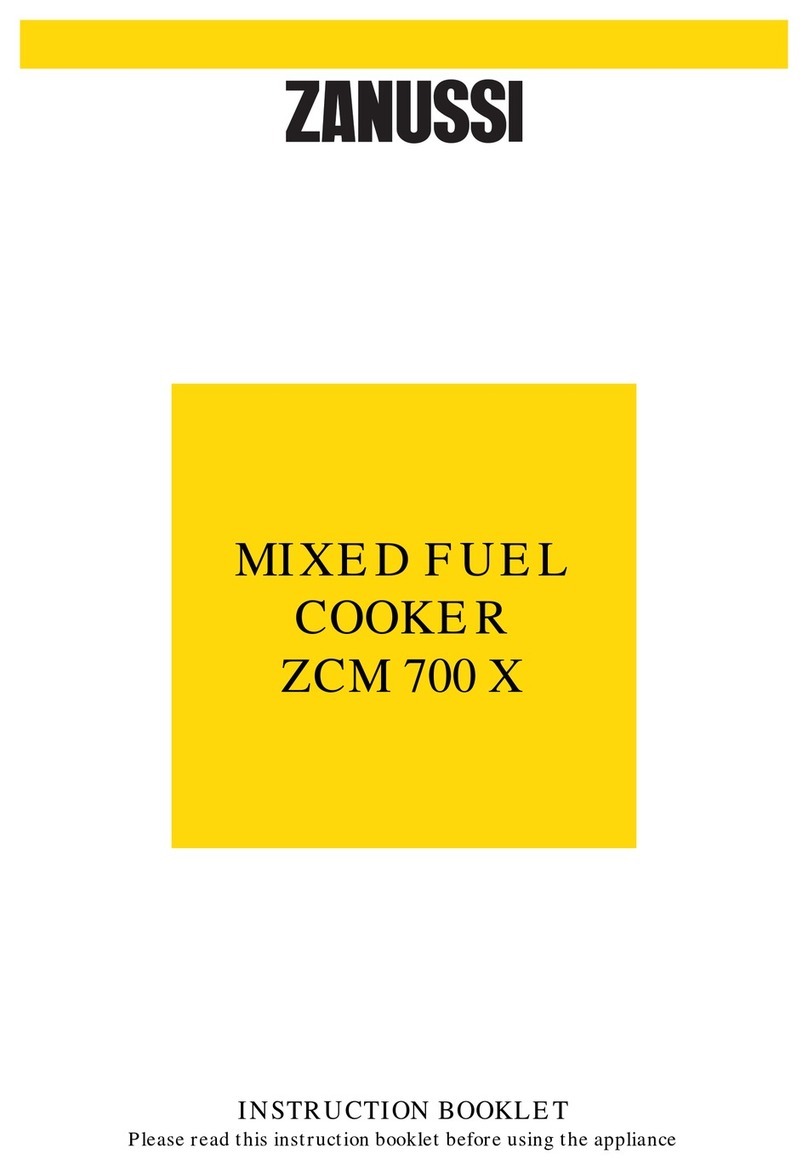Smeg TRA90P9 User manual
Other Smeg Cooker manuals
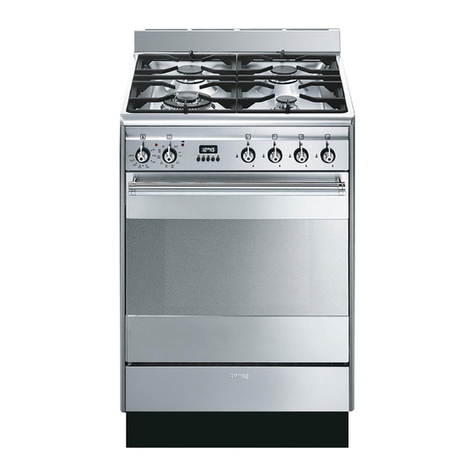
Smeg
Smeg SUK61PX8 User manual

Smeg
Smeg Portofino Aesthetic CPF120IGMPWH User manual
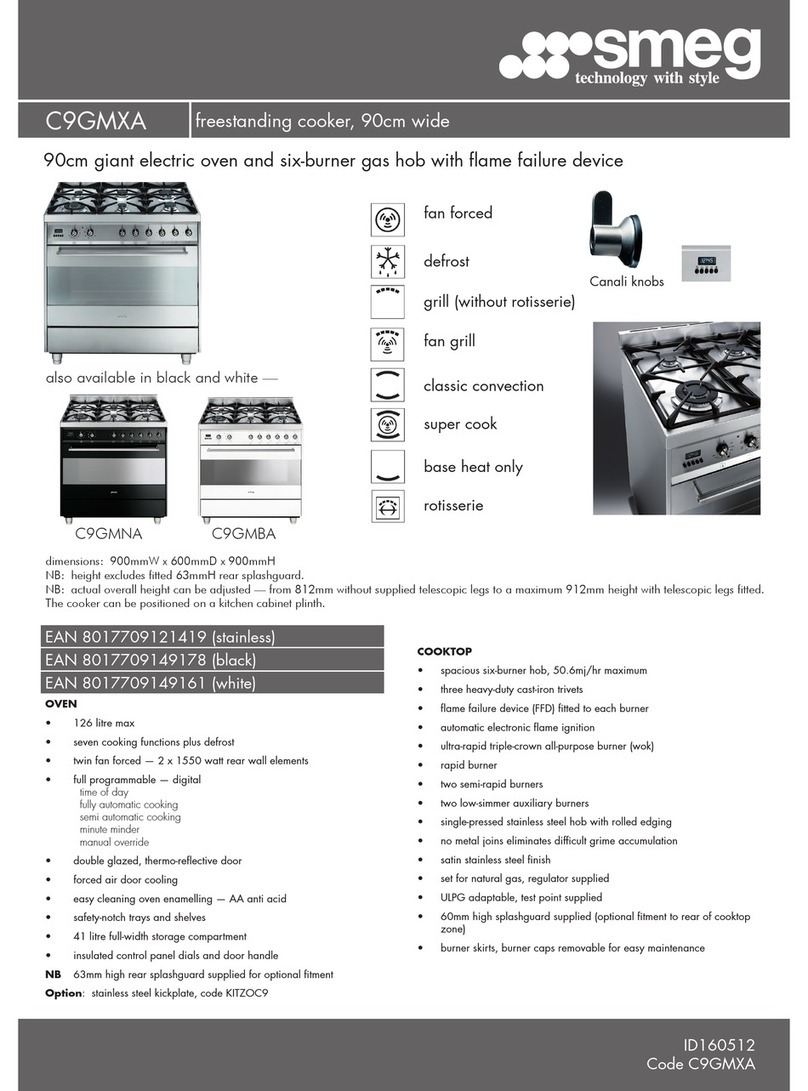
Smeg
Smeg C9GMXA User manual
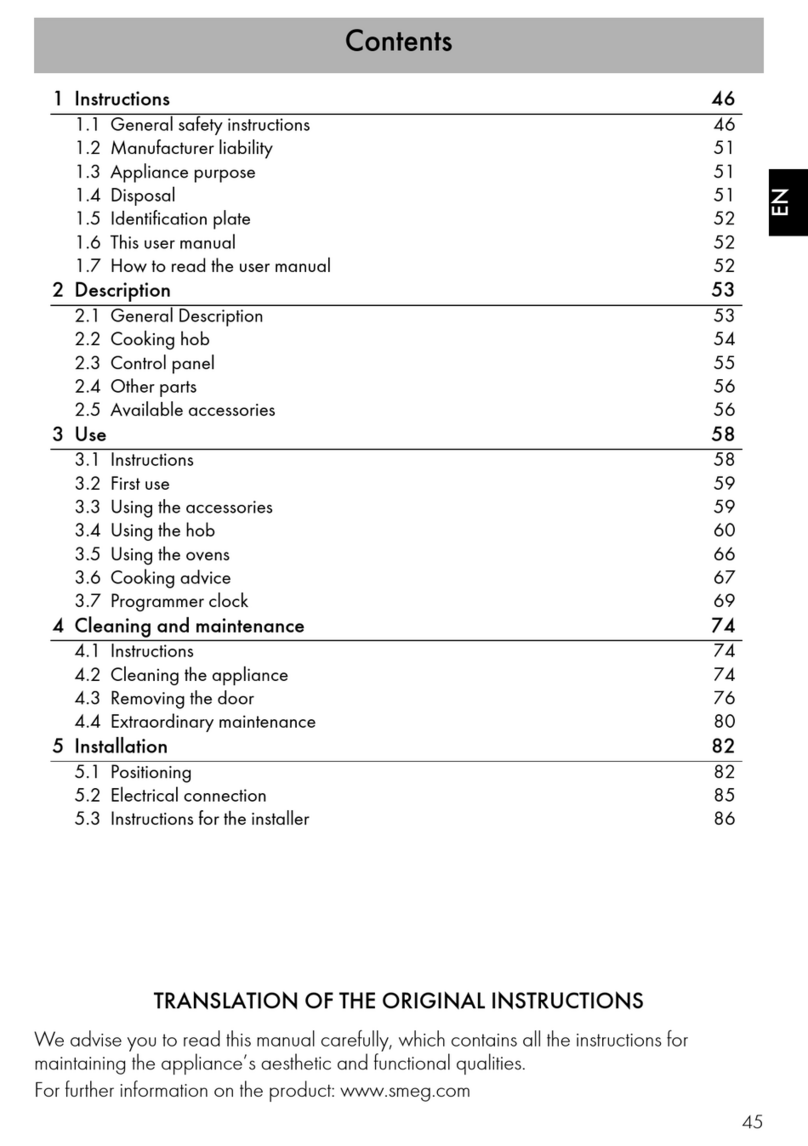
Smeg
Smeg TR62IP User manual
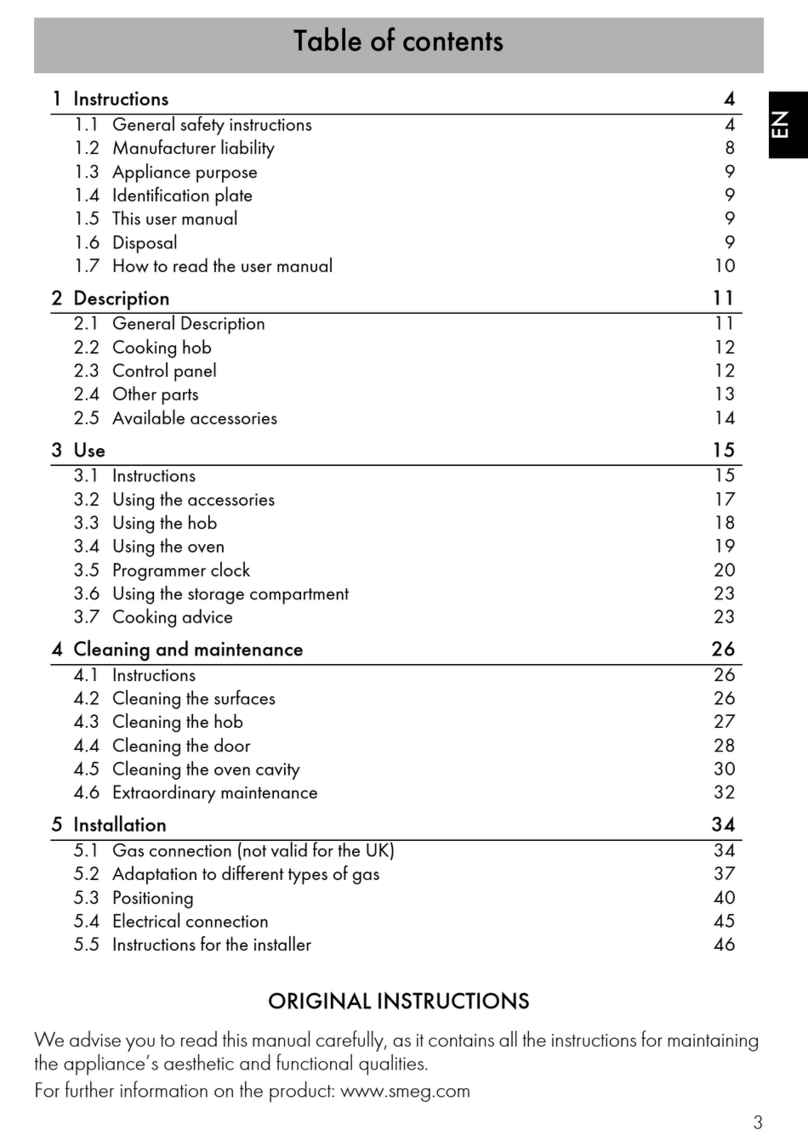
Smeg
Smeg SUK61MBL9 User manual

Smeg
Smeg A3 Manual

Smeg
Smeg Victoria TR4110IRW User manual
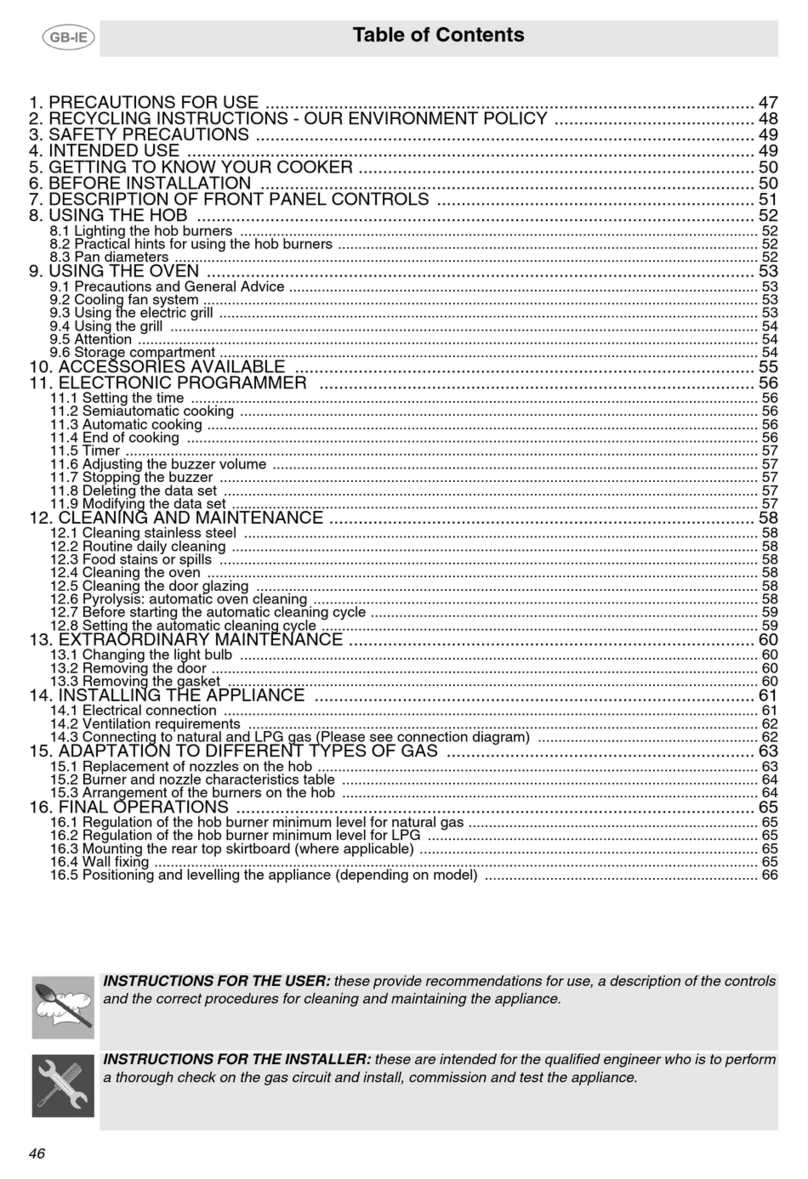
Smeg
Smeg CP60X User manual
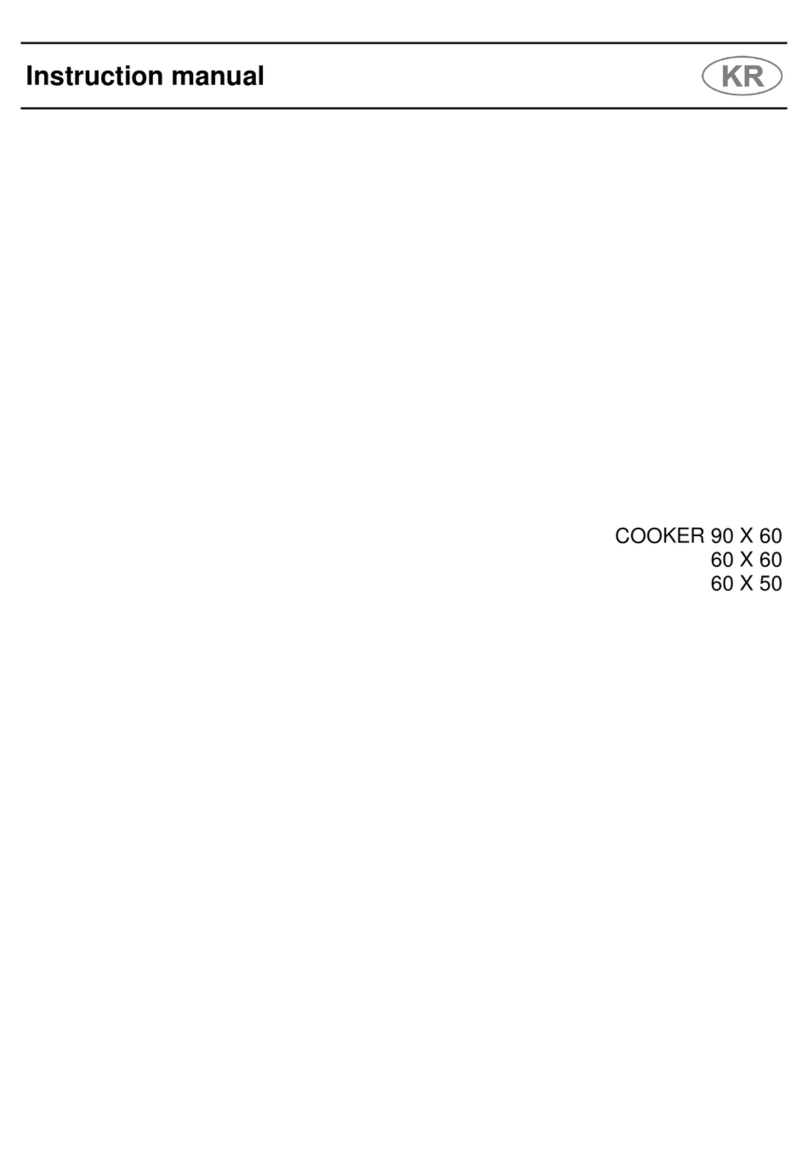
Smeg
Smeg JGFC34SKB User manual
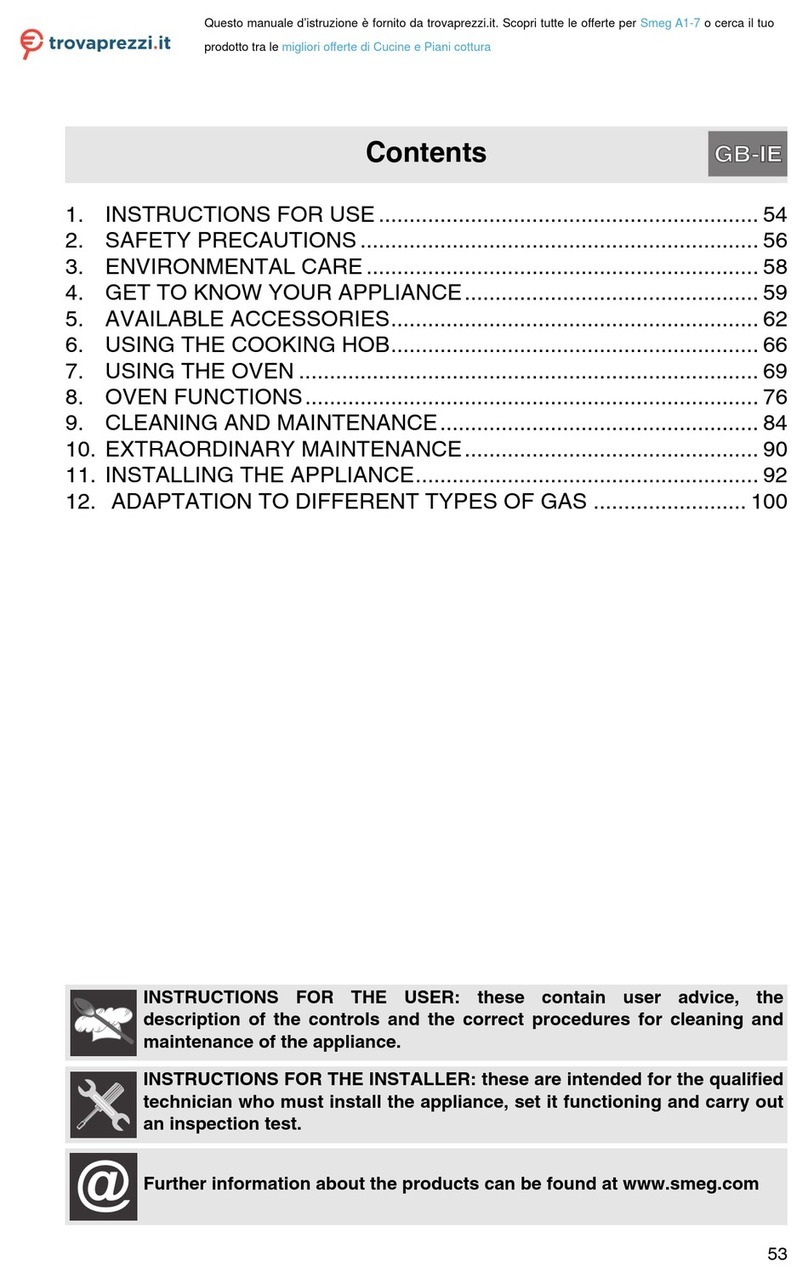
Smeg
Smeg A1-7 User manual

Smeg
Smeg SA92MFX5 User manual
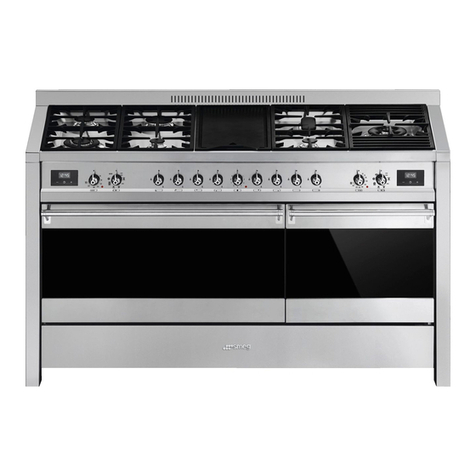
Smeg
Smeg A42-5 User manual

Smeg
Smeg CE9CMXA User manual

Smeg
Smeg BU93P User manual

Smeg
Smeg TRA90BL User manual

Smeg
Smeg Victoria TR4110IGR User manual
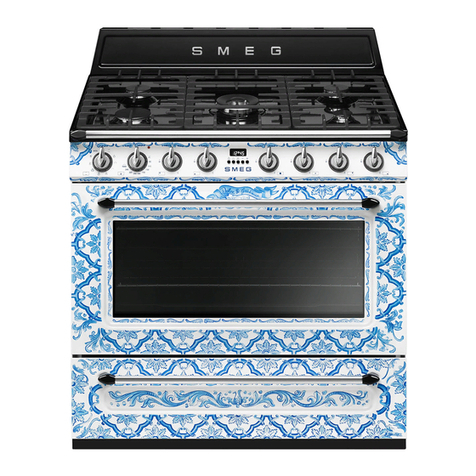
Smeg
Smeg Dolce&Gabbana Divina Cucina TRA90DGM9 User manual
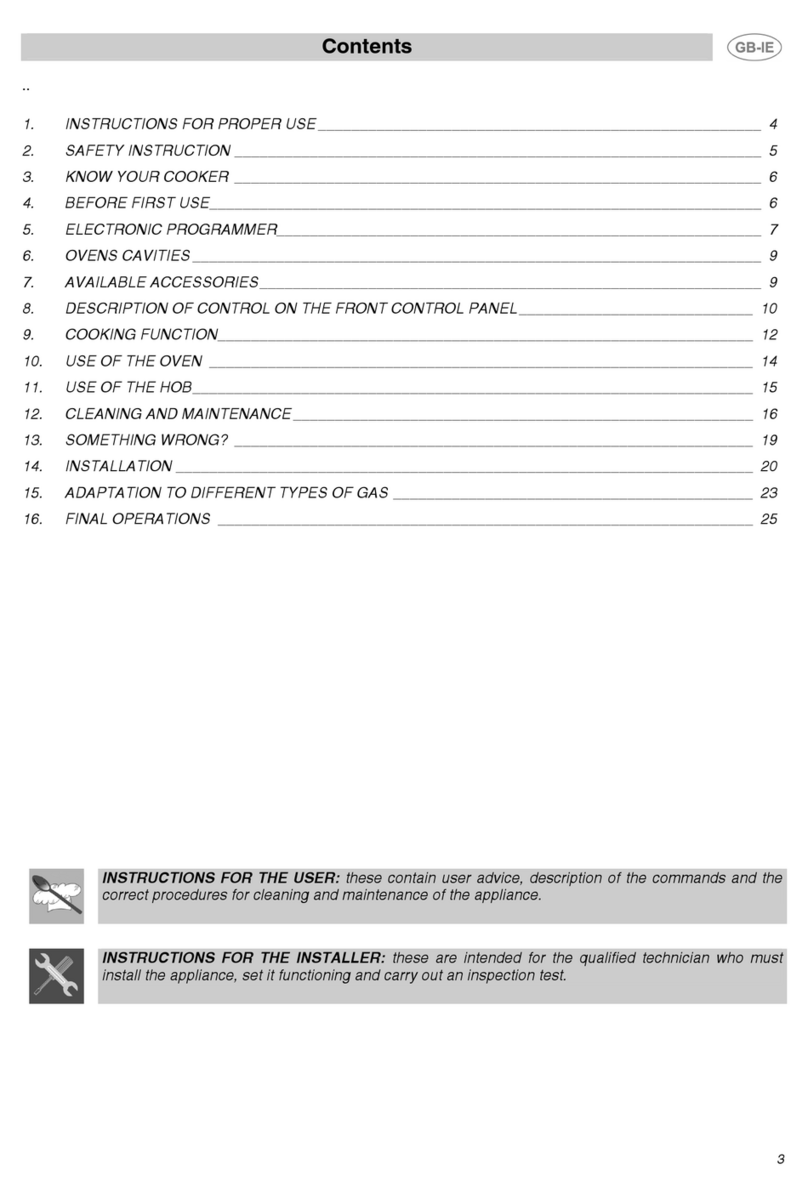
Smeg
Smeg CC62MFX5 User manual
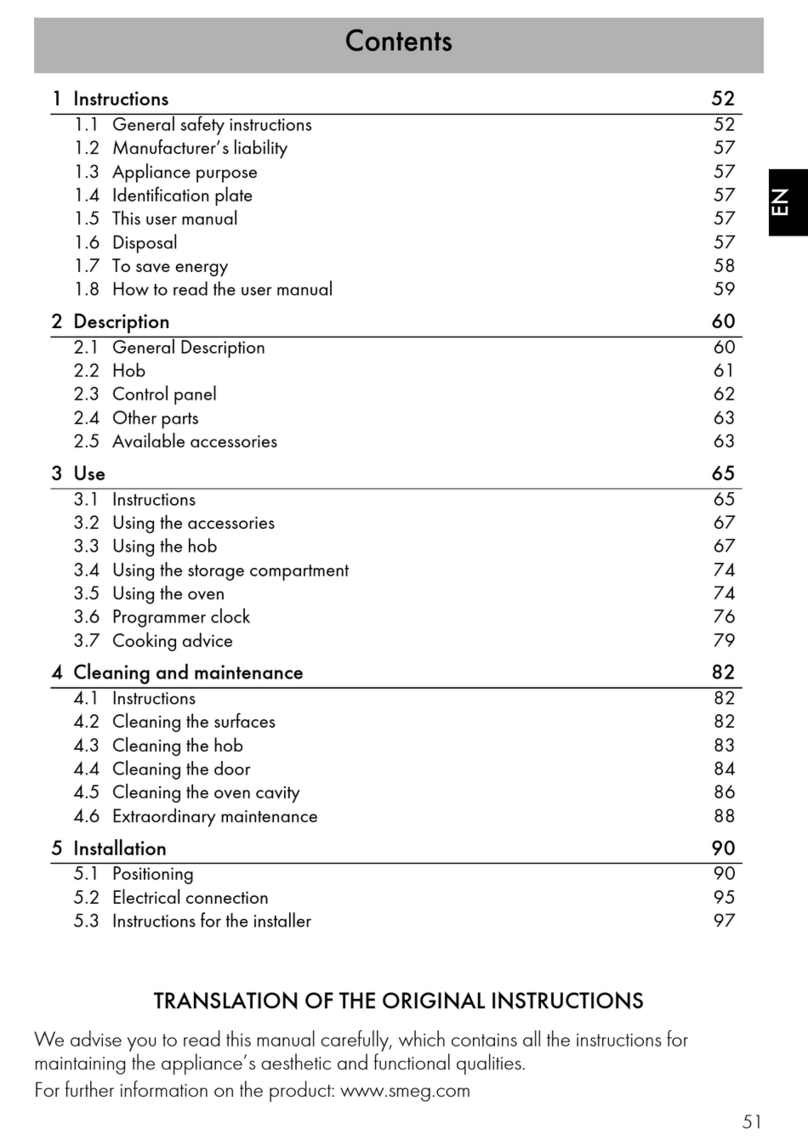
Smeg
Smeg C6IMXI9 User manual
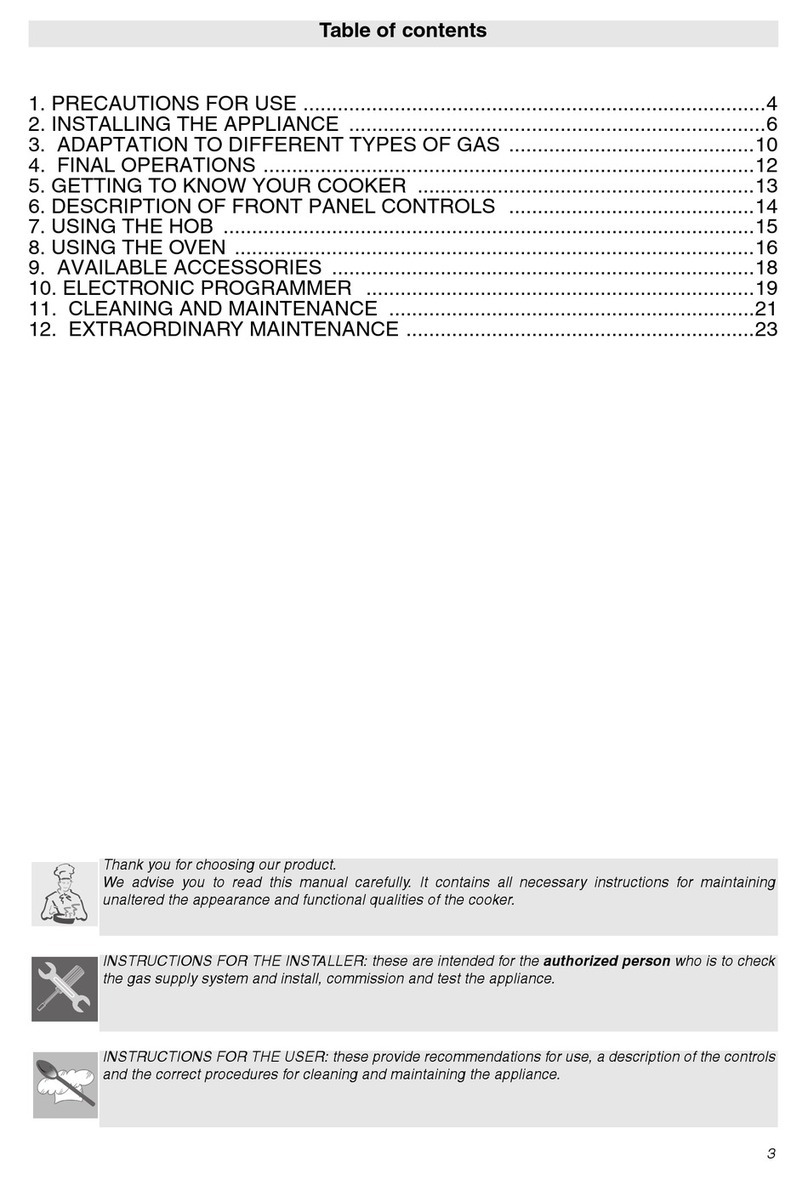
Smeg
Smeg AS5601 User manual
Popular Cooker manuals by other brands

RiverGrille
RiverGrille TF2002501-RG Assembly instruction

Vollrath
Vollrath 69504F Operator's manual
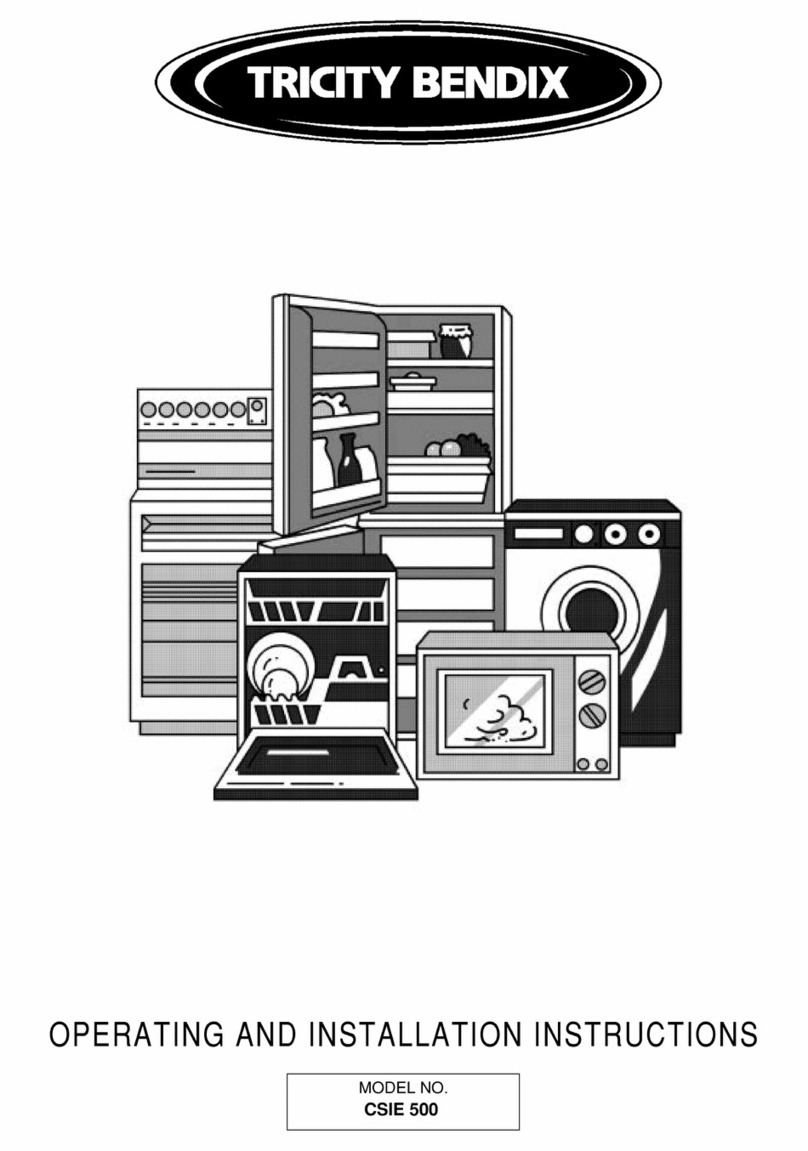
Tricity Bendix
Tricity Bendix CSIE500 Operating and installation instructions
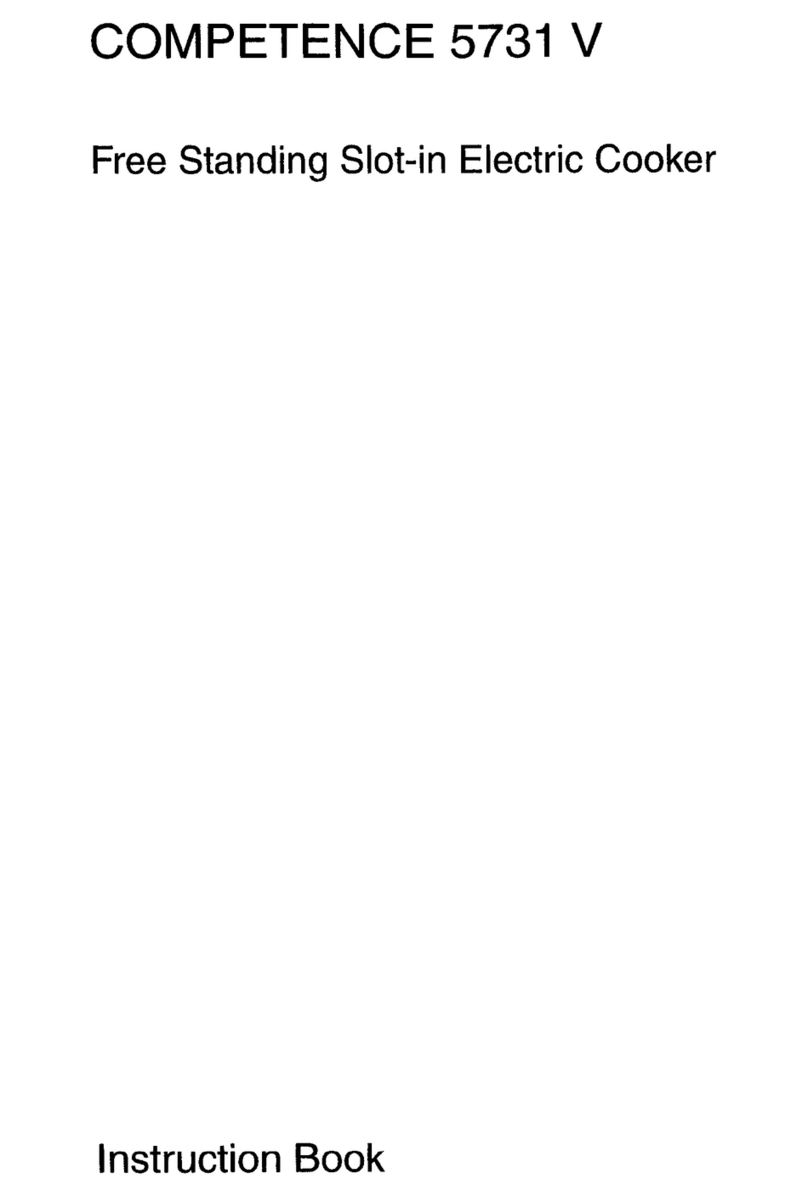
AEG
AEG Competence 5731 V Instruction book

Euromaid
Euromaid ES60 Installation and operation manual

Hotpoint
Hotpoint HUI 62 TP Instructions for installation and use


